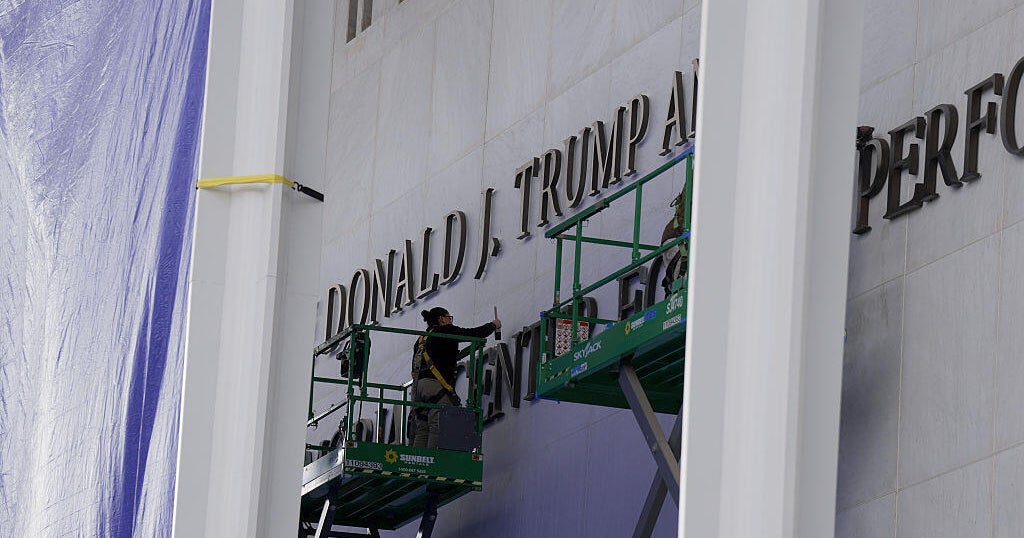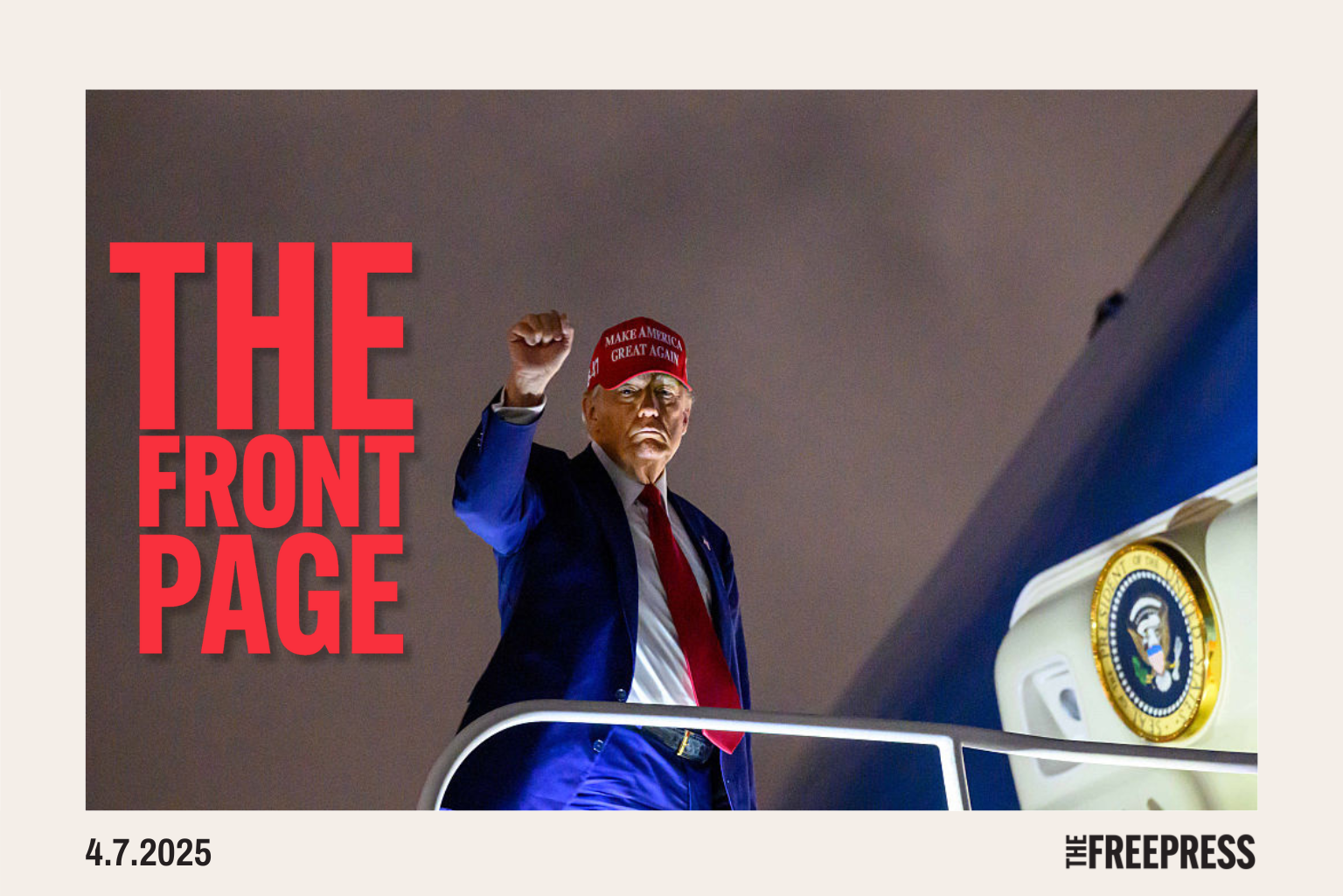Fact check: Is Trump right that it’s the "best economy & jobs EVER"?
American businesses are hiring, consumer confidence is high and economic growth is accelerating. But is it really the "best economy & jobs EVER," as President Donald Trump tweeted on Monday morning?
That's a stretch.
Anyone who worked in the 1990s, for instance, will likely remember juicy annual raises that make today's wage growth of less than 3 percent seem anemic. And U.S. gross domestic product -- the broadest measure of economic activity -- is growing steadily but hardly on a par with growth in the post-World War II era, the 1980s or the 1990s.
To be sure, the economy is the strongest it's been since the recession, which ended in mid-2009. Unemployment is at its lowest point in 18 years, with employers hiring more workers in May than economists had forecast. Economic activity, which grew a modest 2.3 percent in the first three months of the year, is spurting to well above 3 percent in the second quarter, analysts say.
Mr. Trump on Tuesday tweeted again about the economy, claiming it "may be the best economy in the history of our country."
Here's how Mr. Trump's claims stack up.
Unemployment isn't at an all-time low
The unemployment rate dipped to 3.8 percent in May, reaching an 18-year low. That's encouraging, yet unemployment was lower right after World War II, when it fell as low as 2.5 percent in 1953. The 1960s also boasted several periods of lower unemployment.
GDP growth isn't at an all-time high
The economy is expanding at about 2 percent to 3 percent annually, below Mr. Trump's vow to boost annual GDP to at least 3 percent. The economy grew much faster in previous expansions. For instance, growth was about 5 percent per year in the 1960s and early 1970s.
Wage growth is slower now than in the past
Here's where many workers may feel the economy is currently falling short. Through May, average hourly earnings were growing at rate of 2.7 percent. But that's well short of the 3.5 percent to 4 percent range that many economists believe would create more household wealth and increase living standards. In the 1990s, by comparison, wage growth reached about 5 percent, while worker pay also grew faster in the late 1960s and mid-1980s.
The labor force participation rate remains low
Workers have been dropping out of the labor market, a problem that's left some economists searching for answers. For instance, some believe job quality has suffered, making work less financially rewarding for some people. But the labor force participation rate is still low, even though the economy is expanding.
The labor force participation rate -- the share of U.S. adults who either have jobs or are looking for work -- fell in May to 62.7 percent, just shy of levels for the previous two months. Oxford Economics senior economist Bob Schwartz notes that the participation rate has barely budged for the last five years and remains well below the 66 percent rate shortly before the housing crash.
Fewer men are working than in other boom periods
The declining labor force participation rate for men is particularly troubling for economists. About 69 percent of working-age men are currently working, well below the 75 percent rate of the 1990s and the 80 percent rate of the 1960s.
One of five men without college experience was unemployed in 2016, Middlebury College economics professor Erin Wolcott has noted, citing the most recent data available in the American Community Survey. By comparison, 90 percent of men with at least one year of college are employed.
The reason? "All the blame goes to demand-side factors like trade and automation," she wrote. "It's by and large not because they are choosing these over a job. Rather, sadly, it's because they couldn't find a job in the first place."





